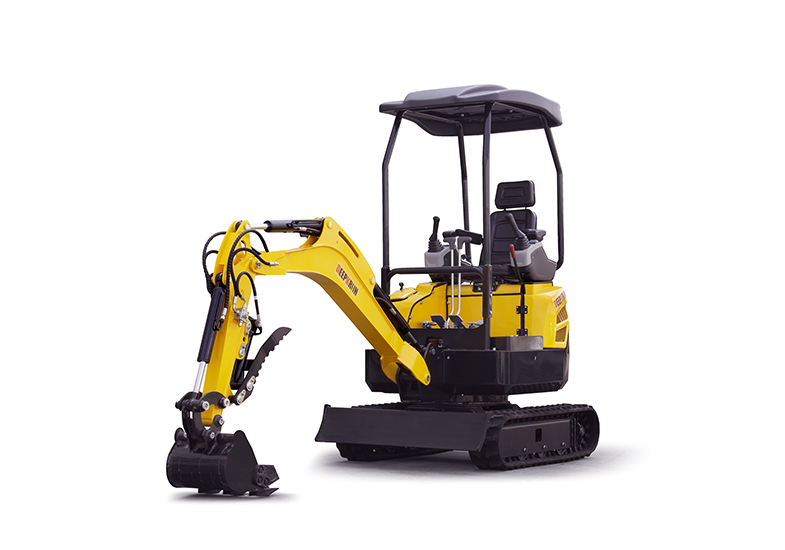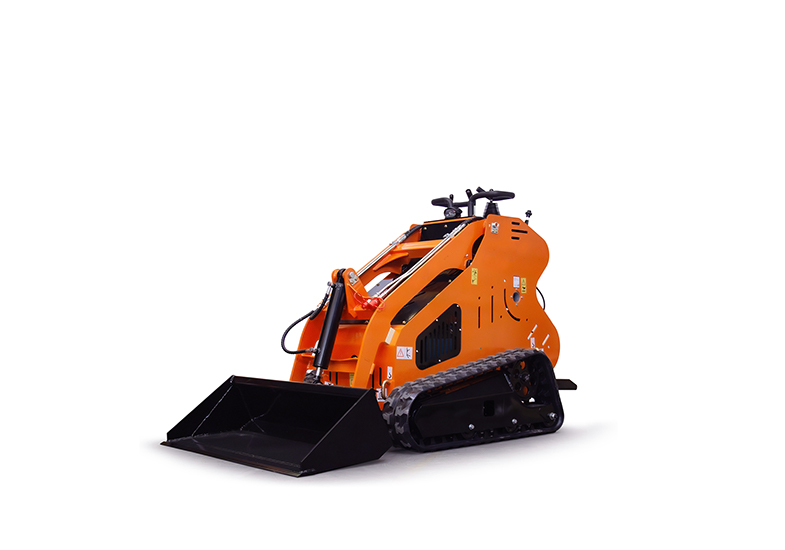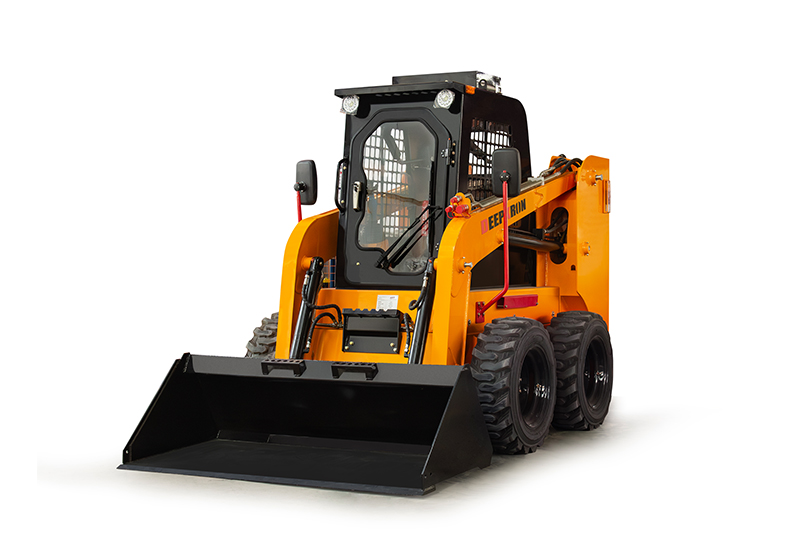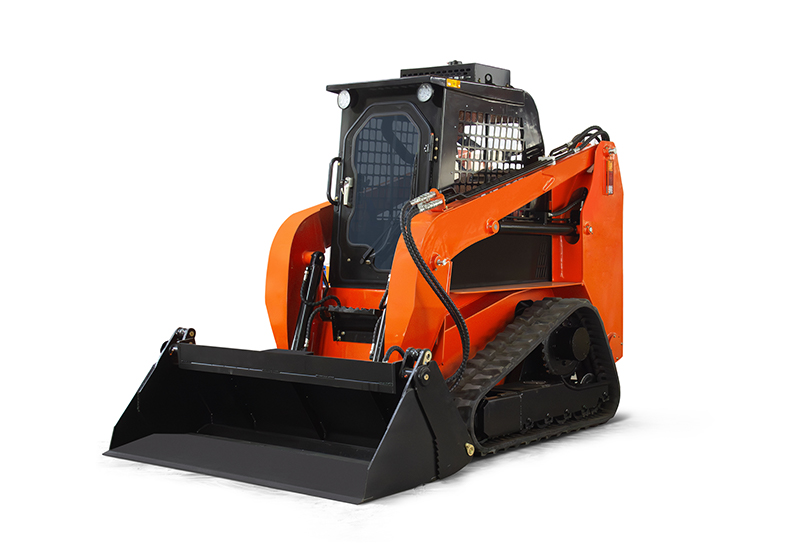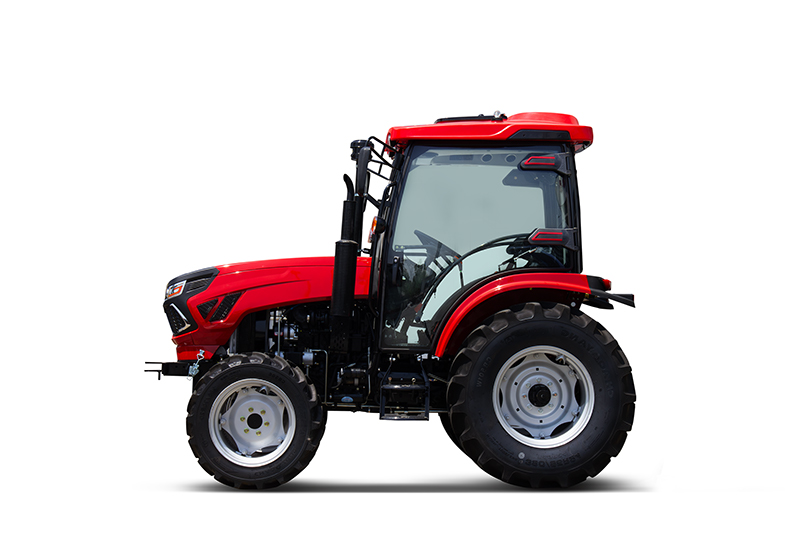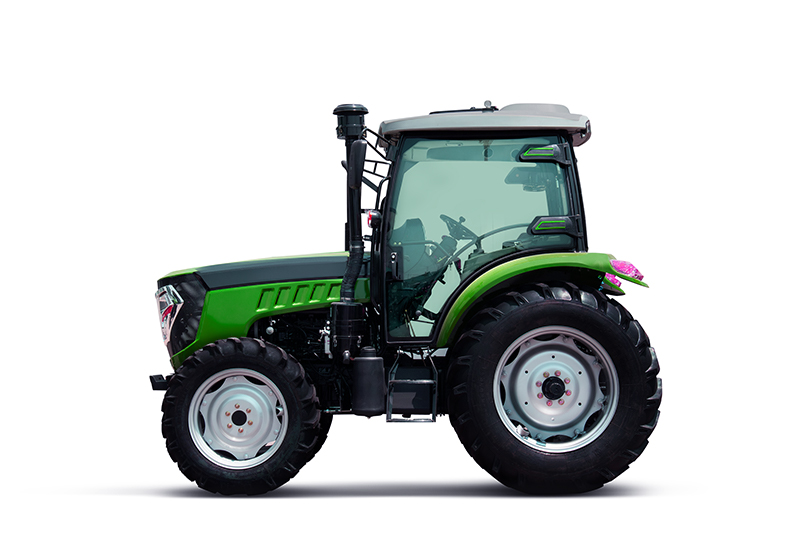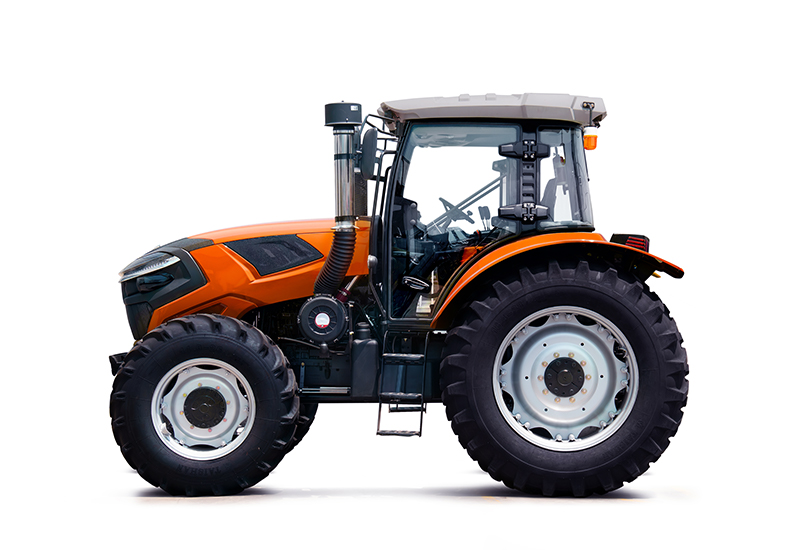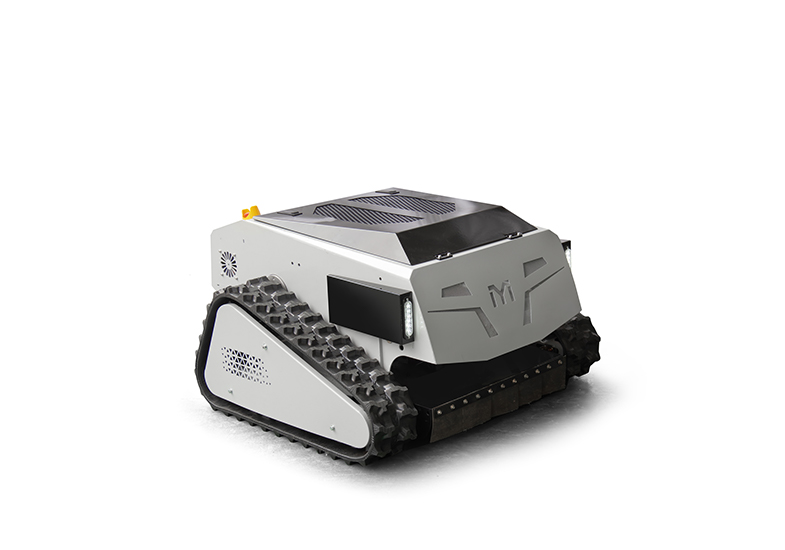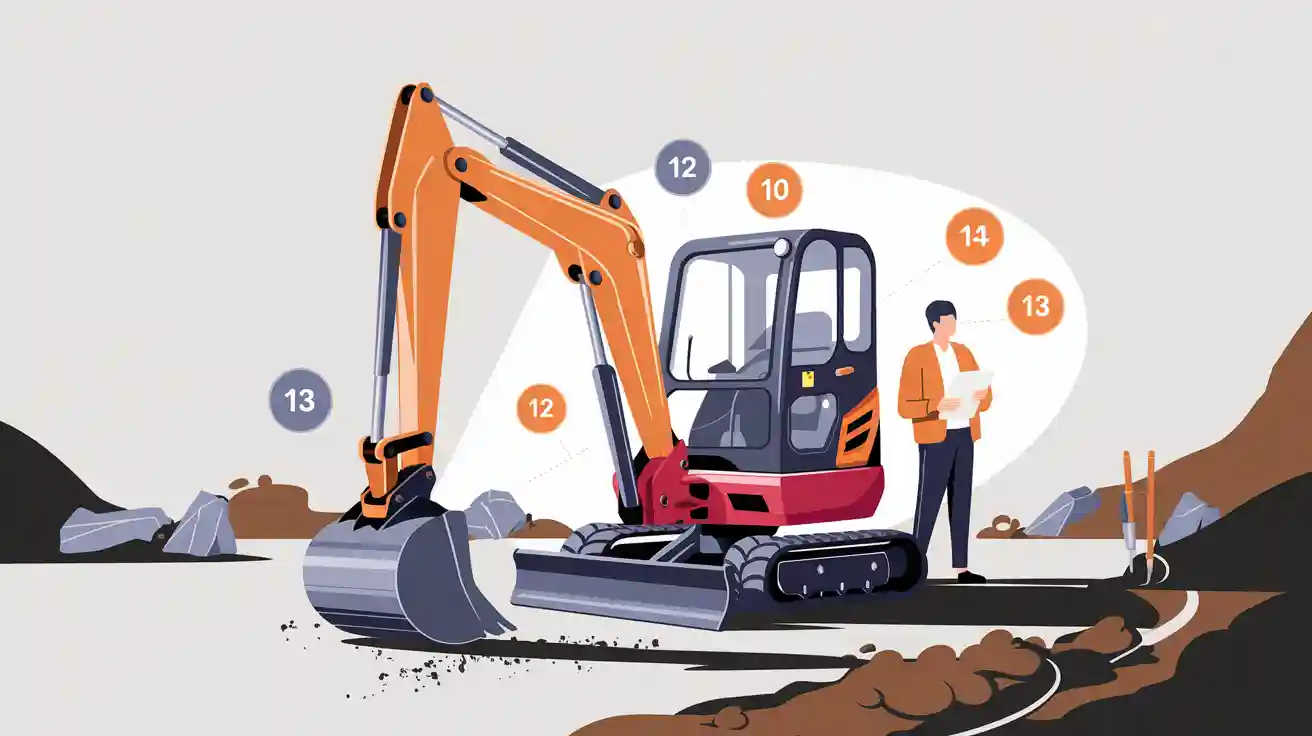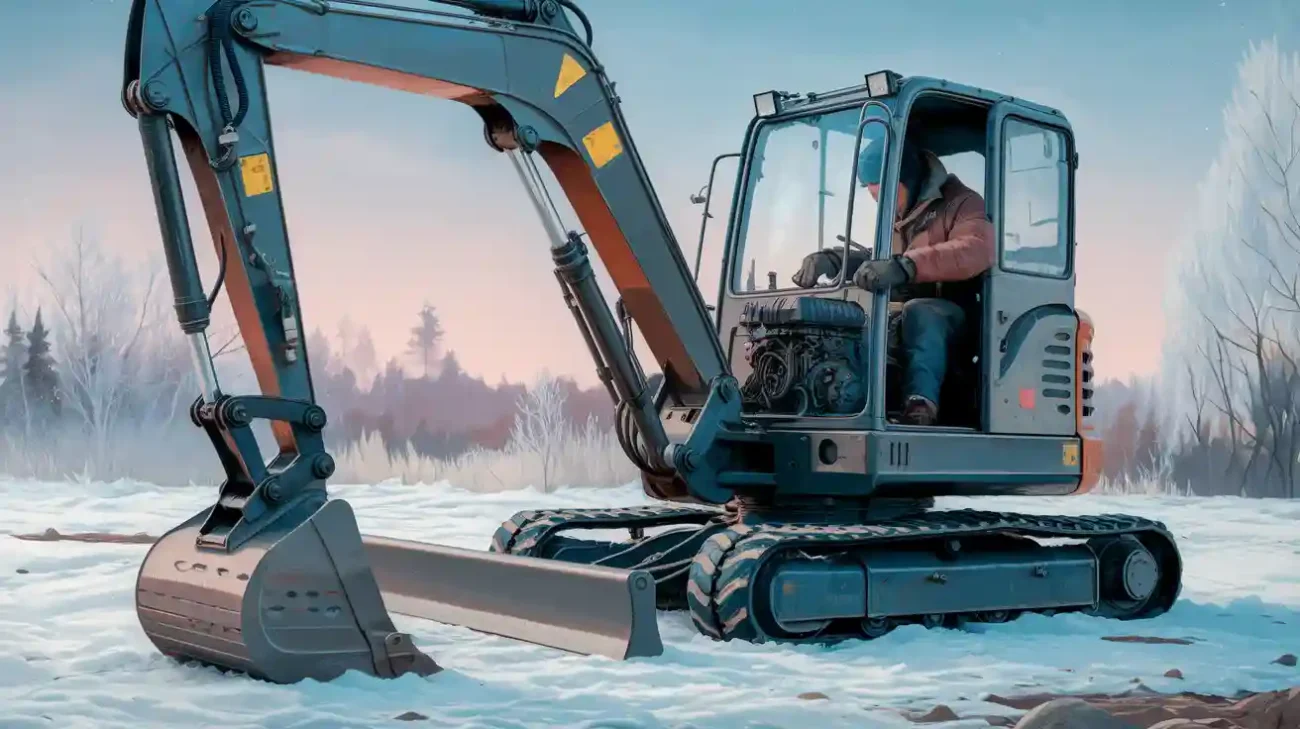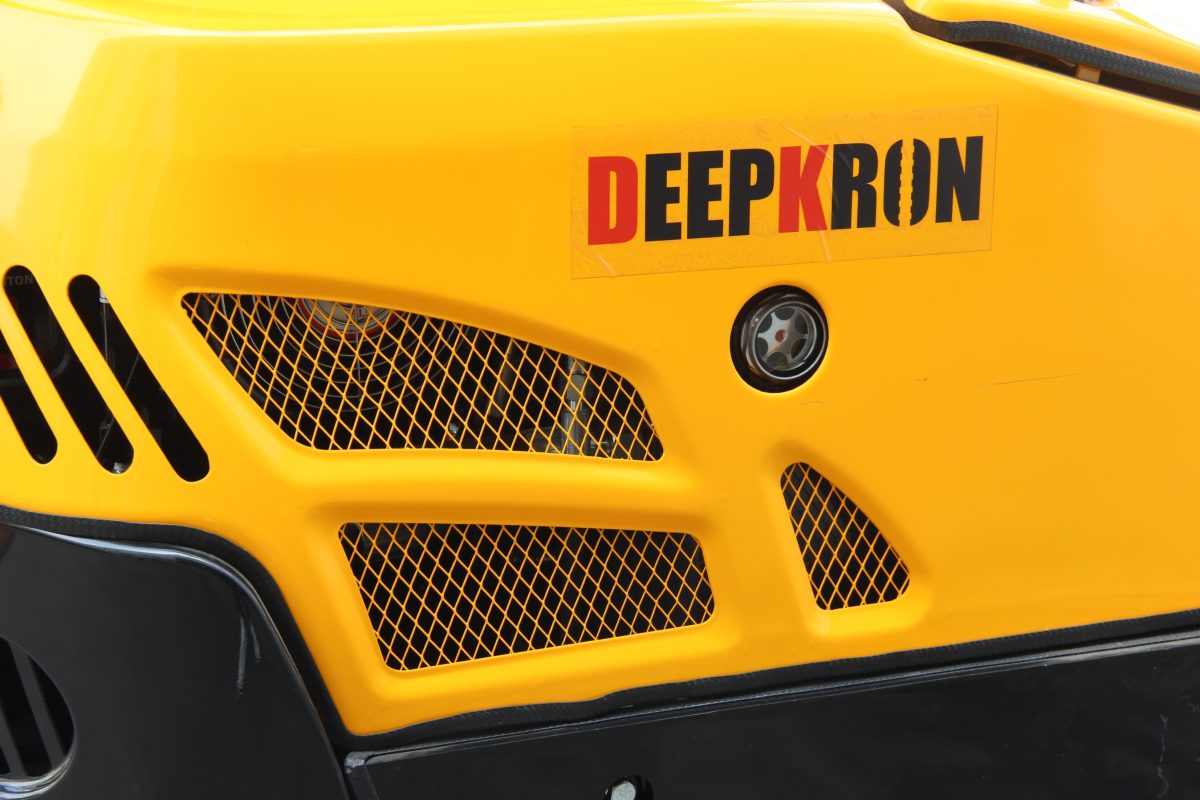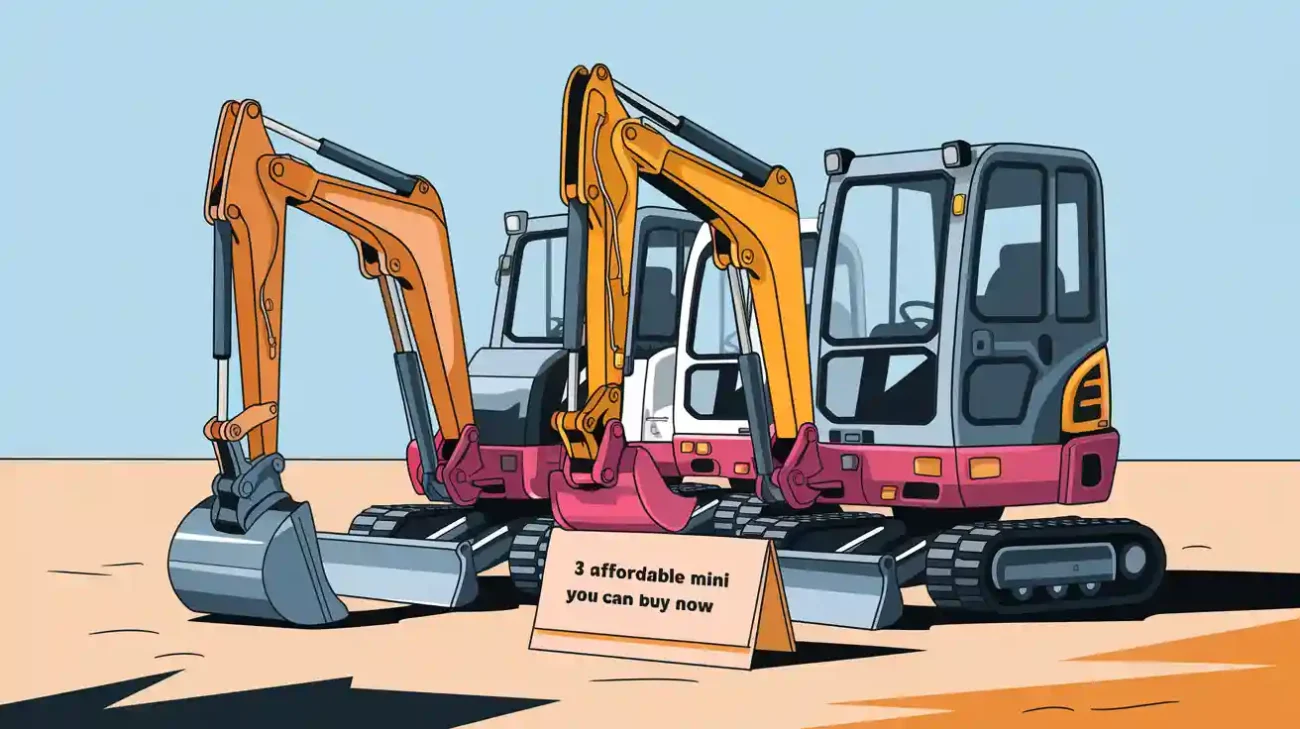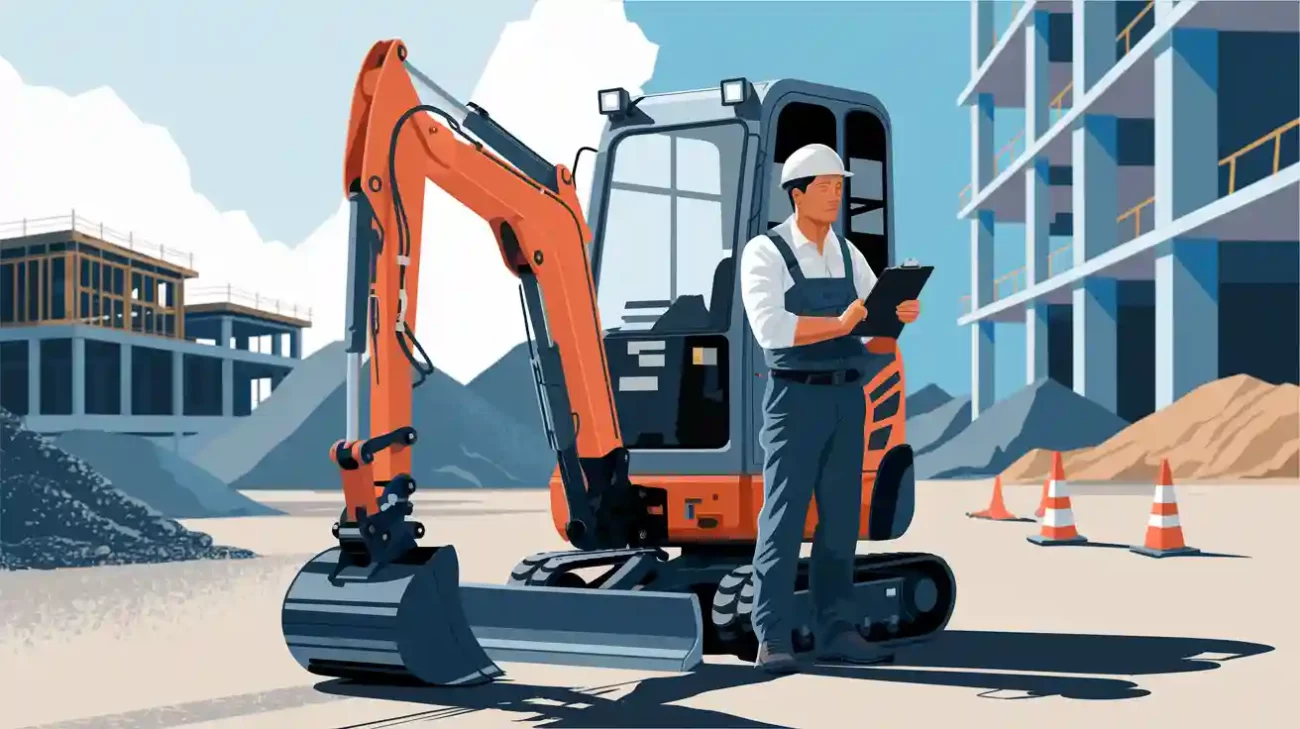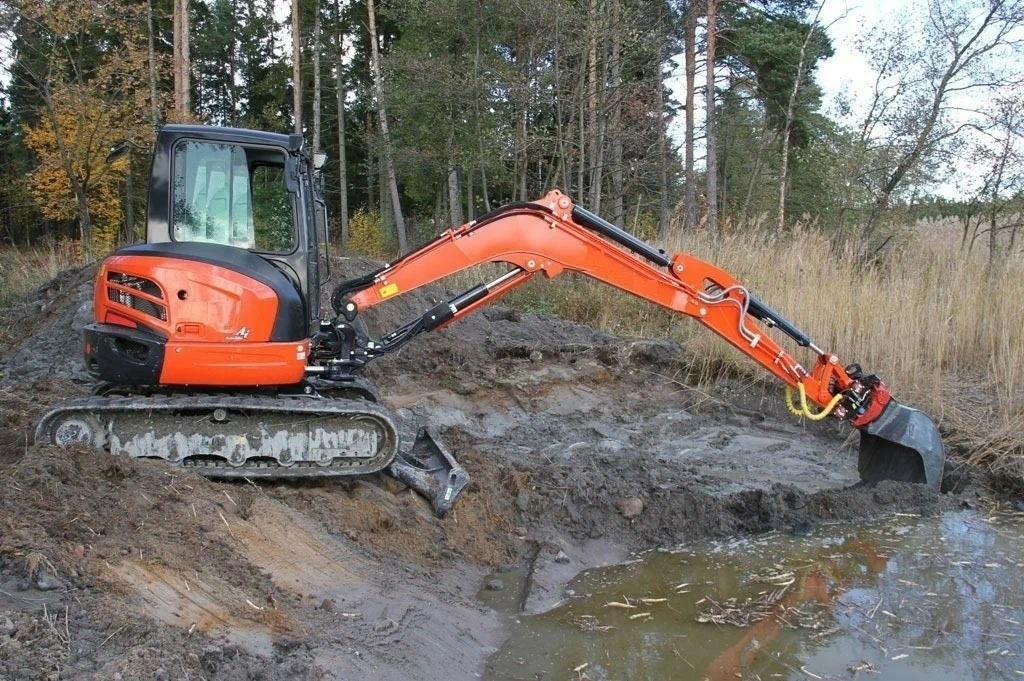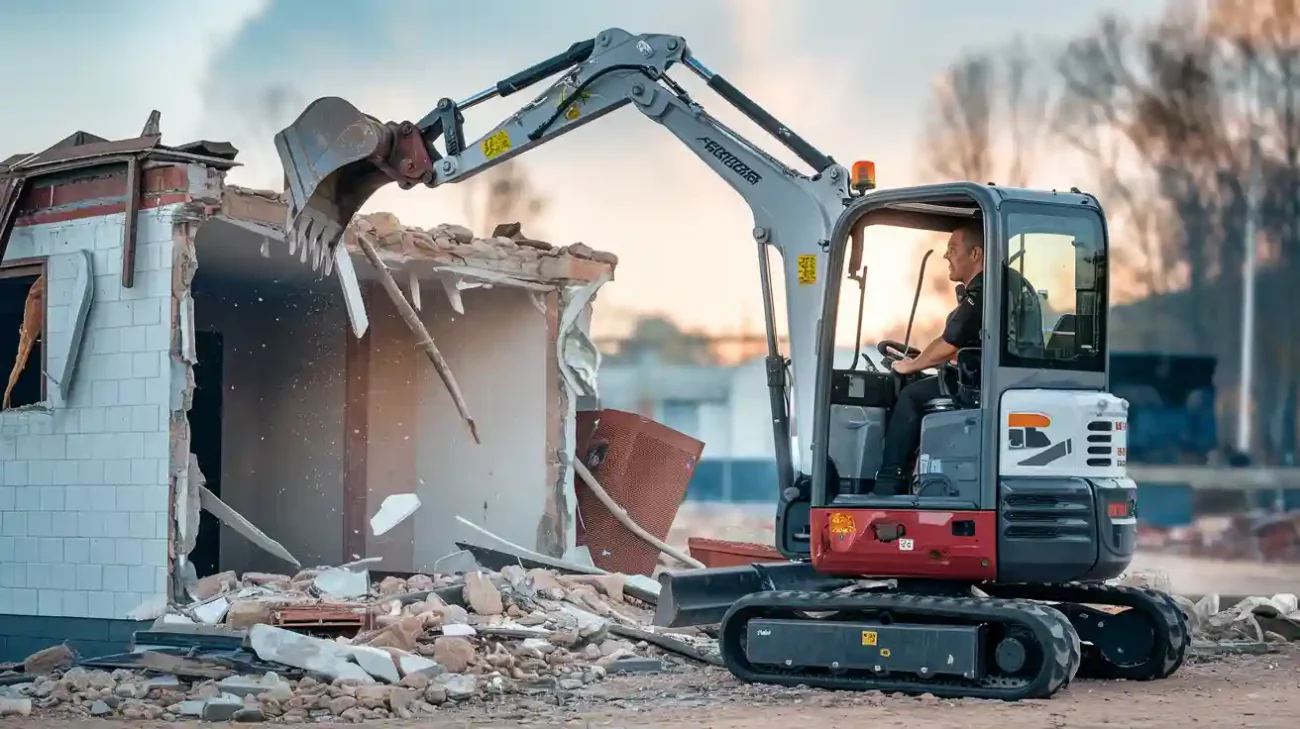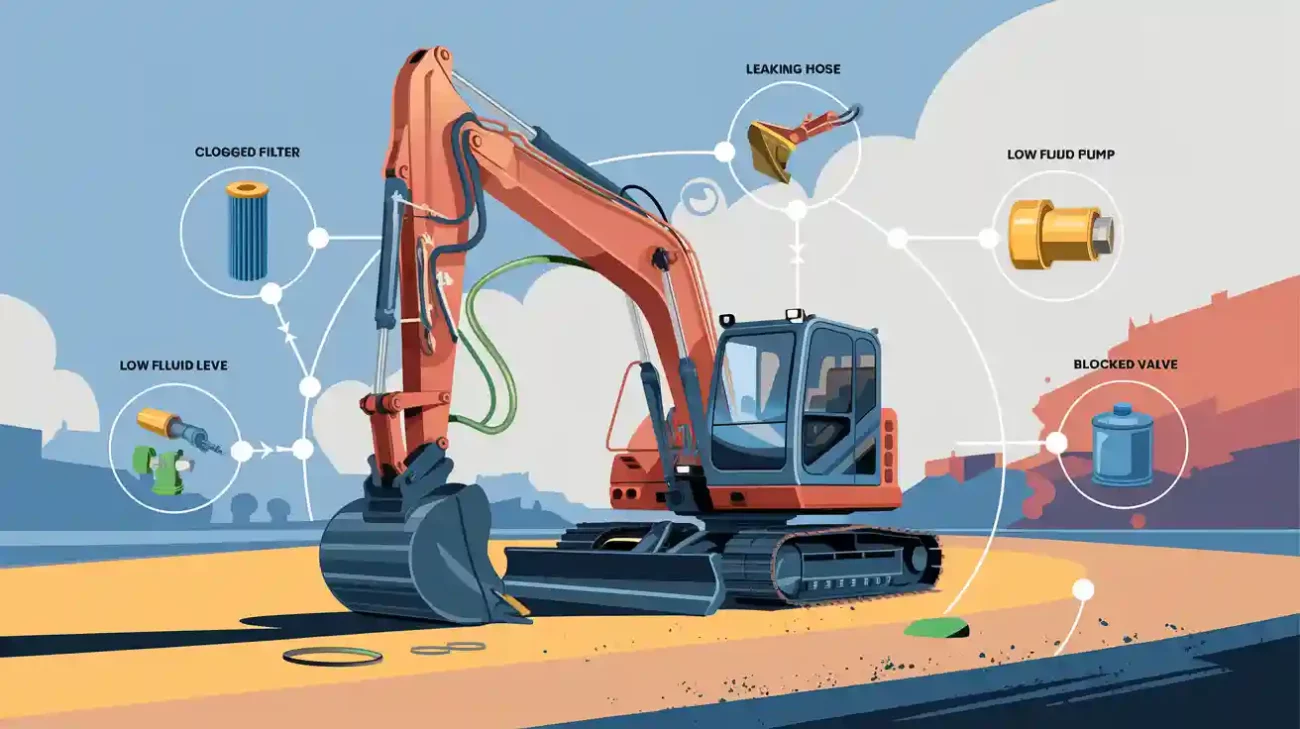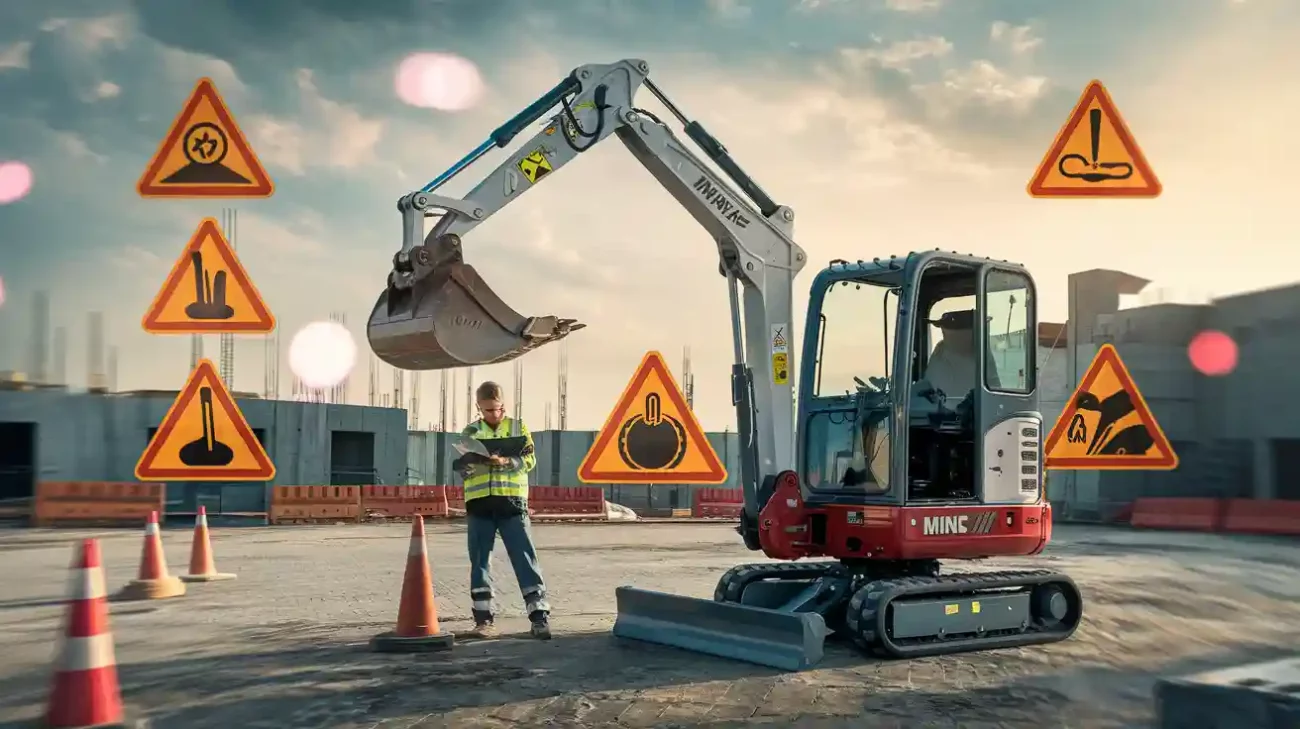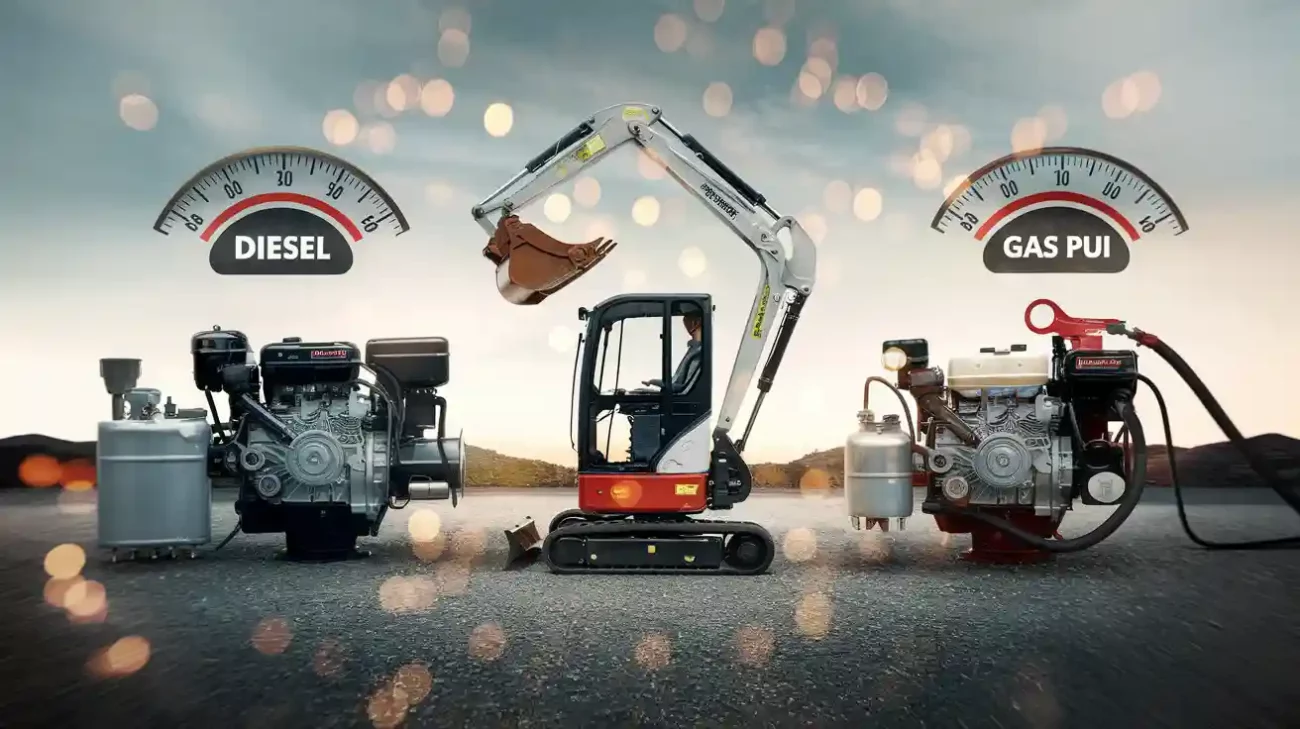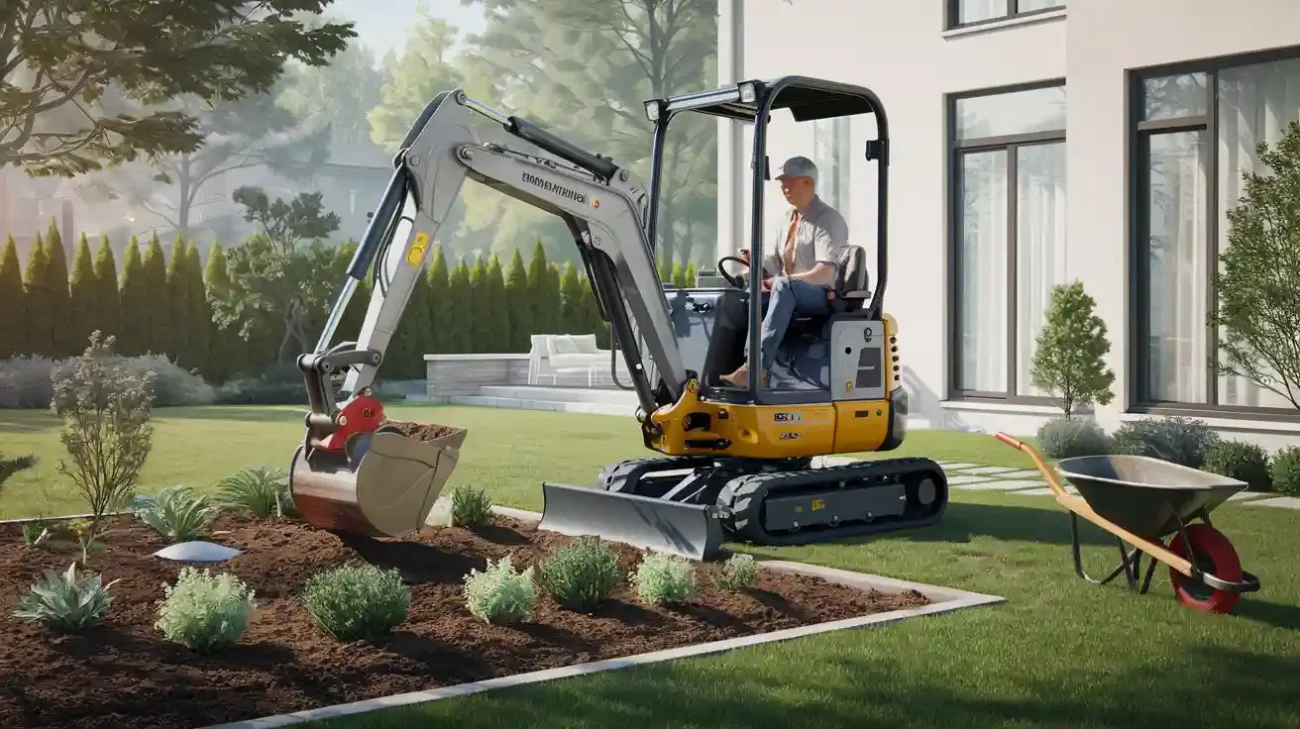Congratulations on becoming a new mini excavator owner! This is very exciting! Here are seven important things you should know. Learn how to use the controls. Check all the safety features. Look at the fluids in your machine. Read the maintenance records. Pick the right attachments for your work. Move and store your mini excavator safely. Make a plan to keep up with regular care. DeepKron mini excavators help you avoid common mistakes.
Know Your Mini Excavator Controls
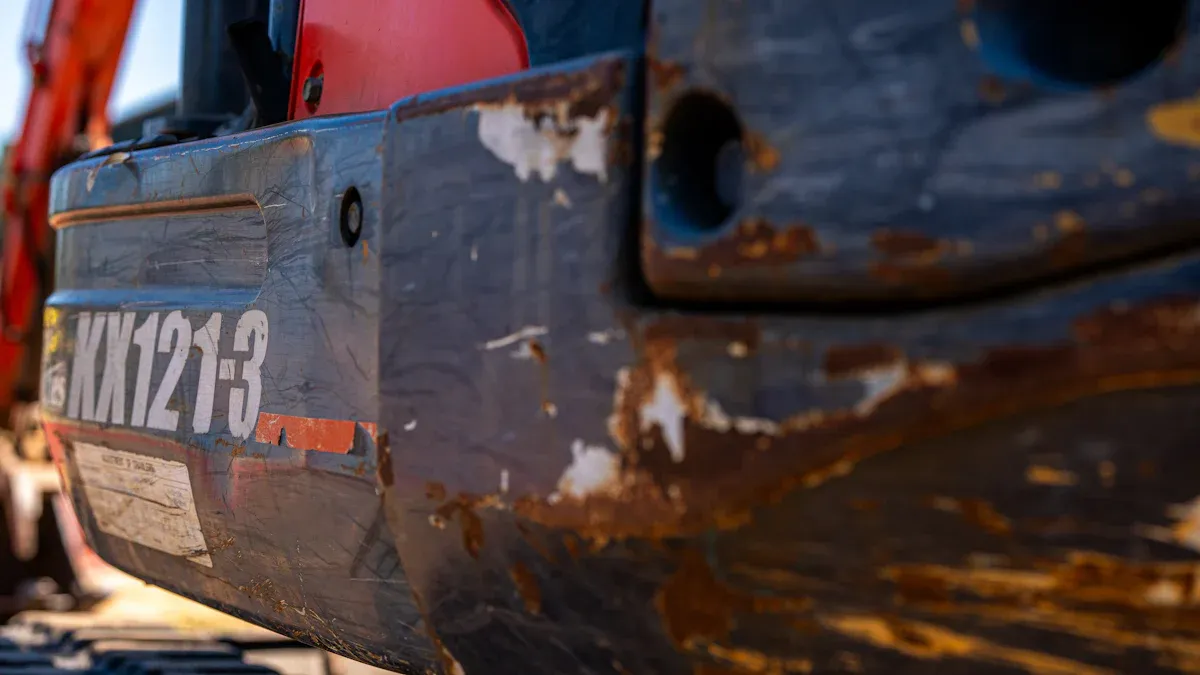
Read the Operator’s Manual
When you get a mini excavator, read the operator’s manual first. This book shows you how to use your machine safely. It gives easy steps for starting, stopping, and moving your mini excavator. The manual tells you how to check digging depth. It also helps you get the best work from your machine. If you want your mini excavator to last, follow the manual’s instructions every time.
Safety Features Overview
Your mini excavator has many safety features. You will find seat belts, safety locks, and alarms. These features help keep you safe at work. Always make sure the safety locks are on before starting the engine. If you hear an alarm, stop and check your machine right away. Safety is always important when using a mini excavator.
Practice Basic Operations
Practice using the controls before doing big jobs. Mini excavators have different control layouts. Here are the two most common types:
Control Type | Left-hand Lever Actions | Right-hand Lever Actions |
|---|---|---|
ISO | Pull lever: Dipper comes toward you | Pull lever: Boom goes up |
SAE | Pull lever: Boom goes up | Pull lever: Dipper comes toward you |
Some basic models use simple mechanical controls. Advanced models have hydraulic pilot controls. These controls work better and help you get less tired.
Feature | Entry-Level Models | Advanced Models |
|---|---|---|
Control Type | Mechanical controls can be slow | Hydraulic pilot controls respond fast |
Precision | Hard to do exact work | Easy to work in small spaces |
Ergonomics | Simple levers | Better levers and pedal controls |
Operator Fatigue | You get tired faster | You get tired less |
Tip: Practice in a wide open space to learn the controls. This keeps you safe and helps you get better at using your mini excavator.
Inspect and Maintain After You Buy a Mini Excavator
Check Fluid Levels
After you buy a mini excavator, check the fluid levels before using it. Fluids help your machine work well. Look at the hydraulic fluid, radiator coolant, and engine oil. If any fluid is low, add more right away. Doing this can stop big problems from happening later.
Here’s a simple chart for when to check and change fluids:
Interval (Hours) | Action |
|---|---|
10 | Check and add fluids (hydraulic, radiator, and engine) |
50 | Look at tracks and fix tension if needed |
250 | Check the battery and clean it if needed |
500 | Change the filter and engine oil |
1,000 | Change swing reduction gear case |
2,000 | Change radiator coolant |
5,000 | Change hydraulic oil, even if it looks clean |
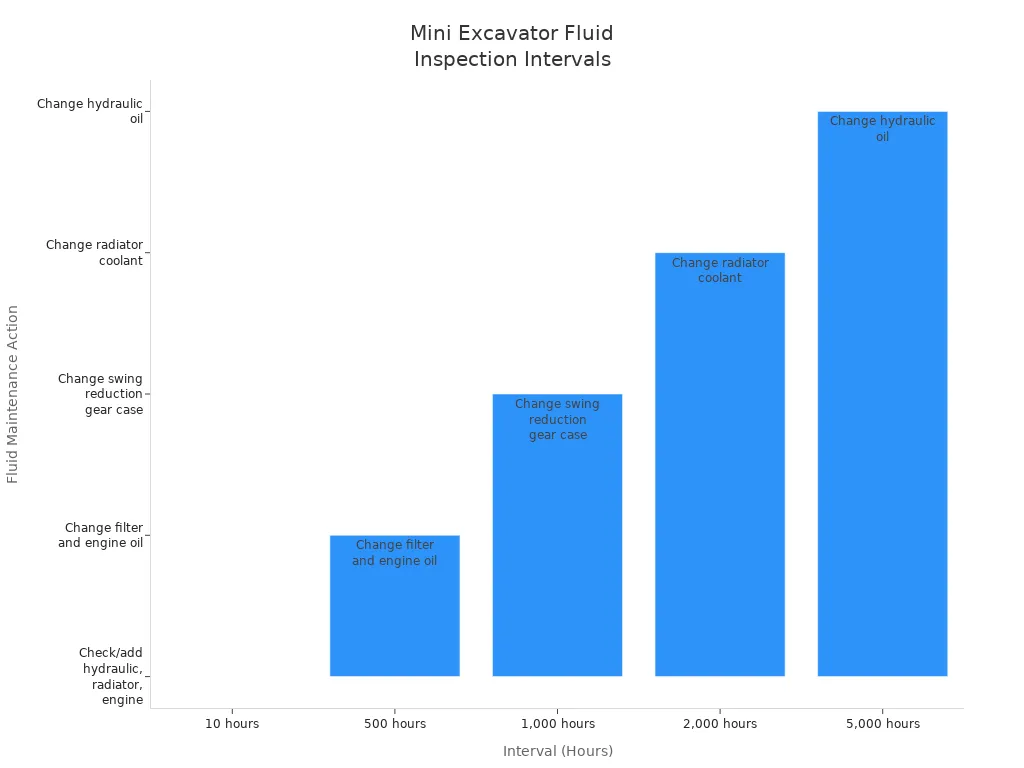
Tip: Use your phone or calendar to set reminders for each time. This helps keep your mini excavator working its best.
Inspect Undercarriage
Check the undercarriage after every job. Dirt, rocks, and debris can get stuck and hurt your machine. Clean the tracks and look for cracks or worn spots. A clean undercarriage can last from 1,200 to 2,500 hours. How long it lasts depends on how you use and clean your machine.
Cleaning and checking often helps your mini excavator last longer.
The ground and how you work can change how long parts last.
If you hear weird sounds, listen to the engine and check for loose parts.
Review Hydraulic System
Test the hydraulic system often. Watch for leaks, listen for strange sounds, and see if it moves slowly. Some common problems are:
Less power or pressure
Getting too hot
Odd noises
High fluid temperature
Slow movement
If you see any of these problems, stop and check your machine. Checking often helps you find problems early. This keeps your mini excavator safe and saves money on repairs.
Ask for Maintenance Records When Buying a Used Mini Excavator
Verify Service History
When you buy a mini excavator, ask for the maintenance records. These records tell you how the machine was taken care of. A good used mini excavator should have a list of repairs and services. Look for the date, what work was done, and which parts were changed. Check who did the repairs. You should also look at the hours and age of the machine. This helps you see if there are problems that happen again and again. It also shows if some parts wear out quickly. If the log is current, the owner cared for the machine.
Tip: Read the maintenance log for notes about checks, problems, and repairs. This helps you know the machine’s full history.
Look for Signs of Wear
Before you buy a used mini excavator, check it carefully. Look for leaks near the hydraulic pump and hoses. Check the undercarriage for worn tracks or missing pieces. Make sure the slew ring and final drive motors work well. Open the service compartments. See if they are clean and if the latches close right. Watch for too much or too little grease. Both can cause damage. If you see engine or electrical problems, ask about repairs.
Hydraulic leaks
Worn tracks
Engine or electrical problems
Dirty or broken service areas
DeepKron Support for Used Equipment
DeepKron helps you after you buy a mini excavator. You get a 12-month or 1,000-hour warranty on used machines. You can get help by phone, email, or the website. DeepKron ships parts fast and has trained technicians around the world. You can find manuals, videos, and FAQs online. This support makes owning a used mini excavator easier and safer.
Feature | Details |
|---|---|
Warranty | 12 months or 1,000 hours |
Support Channels | Phone, Email, Website |
Parts Availability | Direct order, Fast shipping |
Service Network | Certified technicians, Global coverage |
Online Resources | Manuals, Videos, FAQs |
Choose the Right Attachments for Your Mini Excavator
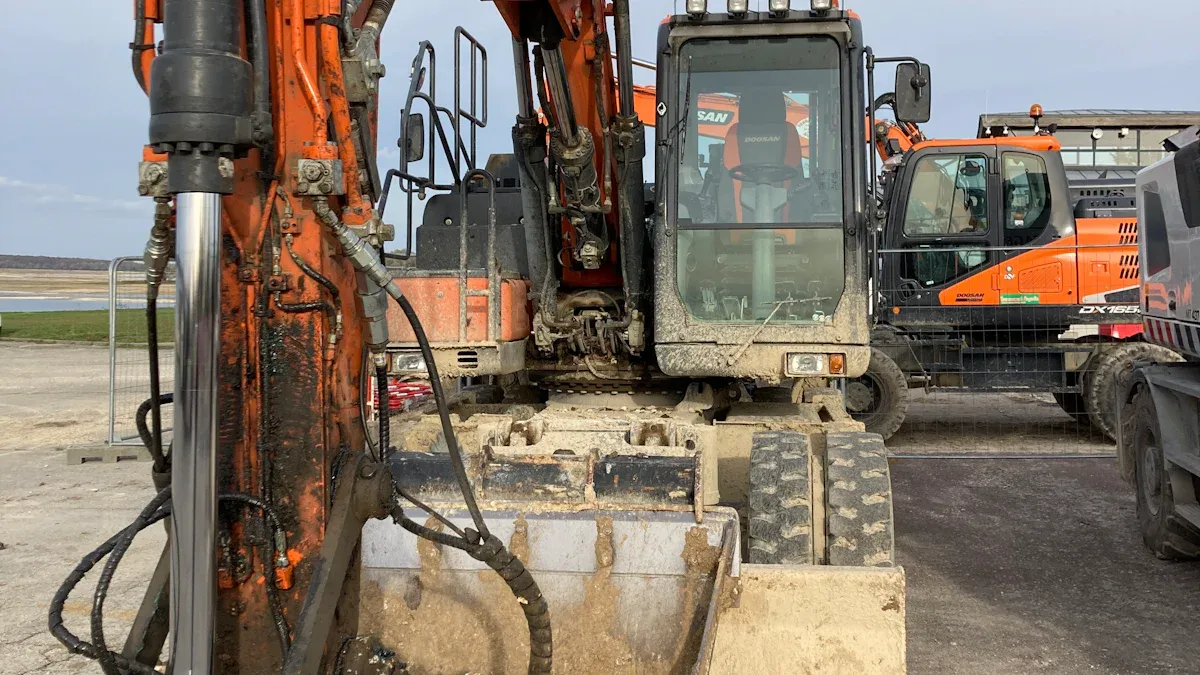
Attachment Types
Picking the right attachments helps your mini excavator do more jobs. Some attachments let you dig, lift, or break things apart. Here are the most common choices for new owners:
Attachment Type | Description |
|---|---|
Hydraulic Thumbs | You can pick up logs, rocks, or debris easily. |
Augers | These dig holes for plants or posts fast. |
Hydraulic Hammers | Use these to break concrete or stone during demolition. |
Vibratory Plate Compactors | These pack down soil in small spaces where big machines cannot fit. |
Grapples | Grab and move messy piles, even if they have mixed stuff. |
These attachments turn your mini excavator into a tool for many tasks. Always think about how deep you need to dig before buying a mini excavator or attachments.
Compatibility with DeepKron
Not every attachment fits all mini excavators. You must check if attachments work with your machine before buying. DeepKron makes matching attachments easy. Look at these things:
Factor | |
|---|---|
Hydraulic Systems | The right flow and pressure help attachments work well. Wrong settings can hurt how they work. |
Weight Capacity | Heavy attachments can make your mini excavator tip over. |
Coupling Mechanisms | Quick-connect systems save time, but only if they fit your machine’s design. |
To get the best results, always check if parts are available and if they fit. This helps you avoid problems and keeps your mini excavator safe.
Safety When Changing Attachments
Switching attachments may seem easy, but you need to be careful. Here are some safety tips:
Do not stand under a raised attachment.
Make sure the attachment locks before you use it.
Watch for parts that look connected but can break.
Stay out of the swing area when the mini excavator moves.
Quick coupler failures have hurt people and even caused deaths. Always check your work and keep others far away.
When you buy a mini excavator, learn the safe way to change attachments. This keeps you and your team safe and helps your machine last longer.
Transport and Store Your Mini Excavator Safely
Loading and Unloading
Moving your mini excavator from one job to another takes careful steps. You want to keep yourself and your machine safe. Here’s a simple way to load and unload:
Choose the right trailer. Make sure it can handle the weight of your mini excavator.
Park on level ground. This helps stop the trailer from tipping.
Clean both the trailer and your machine. Dirt or rocks can make you slip.
Start the engine and drive up the ramps slowly. Get comfortable with the controls before you move.
Lower the blade and secure the machine with chains. This keeps it from moving during travel.
Raise the ramps and swing the boom to the rear. Always check that the area is clear before you move the boom.
Tip: Always double-check your chains and locks before you hit the road.
Storage Tips
When you finish your work, storing your mini excavator the right way helps it last longer. Start by inspecting all the important parts. Look for damage or weak spots. Wash away any dirt or grease. This stops rust and keeps your machine looking new. Lubricate all moving parts to keep out moisture. If you see any worn parts, repair or replace them before storage. Fill up the fuel tank so your mini excavator is ready for the next job. If you notice chipped paint, touch it up to protect against rust.
Legal Transport Guidelines
You need to follow the law when you move your mini excavator. Always check the rules in your area. Some places require special permits for heavy equipment. Make sure your trailer lights and brakes work. Secure your machine with the right number of chains. Consider your transport setup before every trip. This keeps you safe and avoids fines.
Understand Warranty and Service from DeepKron
Register Your Equipment
Registering your DeepKron equipment is very important. It helps protect what you bought. You can register online in just a few minutes. This makes it easy to get help if you need it. Registration also makes warranty claims faster. If you need support, DeepKron can find your machine details quickly. You will also get news about service tips and safety recalls.
Tip: Keep your registration number and purchase papers safe. You may need them if you ask for help.
What’s Covered
DeepKron gives a strong warranty for your mini excavator. The warranty covers the engine, transmission, and hydraulic system. Here are some problems the warranty covers:
Description | |
|---|---|
Engine | Parts like the turbocharger, water pump, and ECU are covered. |
Transmission | The hydrostatic pump and other main parts are included. |
Hydraulics | Pumps, motors, and cylinders for attachments are covered. |
Most warranty claims cost about $3,500 each. Sometimes, about 25% of claims are not accepted because of operator mistakes. Always follow the manual and use your machine the right way. This keeps your warranty safe.
Find Service Providers
You can find DeepKron service providers in many places. Use the DeepKron website to look for a certified technician near you. These experts know your machine well. They use real DeepKron parts and tools. If you have a problem, you can call, email, or use the website for help. Fast support keeps your mini excavator working and saves you time.
Plan Regular Upkeep for New Mini Excavator Owners
Cleaning and Lubrication
If you own a mini excavator, you want it to last. Cleaning and adding grease helps your machine work well. Dirt and mud can pile up fast, especially in rough places. If you use your mini excavator in sand or mud, clean it more often. Most people clean and check their machines every 200 to 250 hours. But if you work in harsh spots, you might need to do it sooner.
Wash off dirt after each job.
Wipe the cab and controls clean.
Grease moving parts to stop rust.
Tip: After cleaning, add grease to joints and pins. This helps parts move well and lets you dig to the right depth.
Preventive Maintenance
Doing regular checks can stop big problems. DeepKron says to check coolant every 8 to 10 hours. Change radiator coolant every 2,000 hours. Clean the radiator fins and look at hoses and clamps often. Here are some important jobs:
Maintenance Task | Description |
|---|---|
Daily Inspections | Look at the undercarriage, hydraulic lines, and safety gear. |
Hydraulic System Maintenance | Watch fluid heat, check for leaks, and change filters. |
Undercarriage Care | Clean tracks and check if they are tight. |
Engine and Fluid System | Change oil and filters on time. |
Filter Maintenance | Change air, hydraulic, and fuel filters often. |
Track Tension Adjustments | Keep tracks tight for better work. |
If you do these jobs, your mini excavator will work better. You will also have fewer repairs. Taking care of your machine helps it last longer.
Track Service Records
Keeping records is smart for new mini excavator owners. You can use apps like GoCodes Asset Tracking or Tenna. These let you scan a code or use your phone to see service records. You can track engine hours and get alerts for needed care. You can even send repair requests from the field. This makes it easy to follow your schedule and never miss a service.
Note: Good records help you find problems early. They also help your machine run its best.
Here are the seven important things every new mini excavator owner should know:
Get to know how your controls work.
Always check fluids and look at all parts.
Look at the maintenance records before you use your machine.
Choose attachments that fit your job.
Move and store your mini excavator in a safe way.
Learn about your warranty and what it covers.
Take care of your machine often so it lasts longer.
DeepKron helps you at every step. Have fun using your mini excavator and make sure you get the most out of it!
FAQ
How often should you check the fluid levels in your mini excavator?
You should check fluid levels before each use. This keeps your machine running smoothly and helps you spot problems early.
Tip: Set a reminder on your phone for regular checks!
What’s the best way to clean your mini excavator after a job?
Wash off dirt with water. Wipe the cab and controls. Grease moving parts. Clean after every job for longer machine life.
Can you use any attachment with your DeepKron mini excavator?
No, you need to match attachments to your model. Check compatibility for safe and efficient operation. DeepKron offers many options for different jobs.
Attachment Type | Fits DeepKron? |
|---|---|
Hydraulic Thumb | ✅ |
Auger | ✅ |
Grapple | ✅ |

